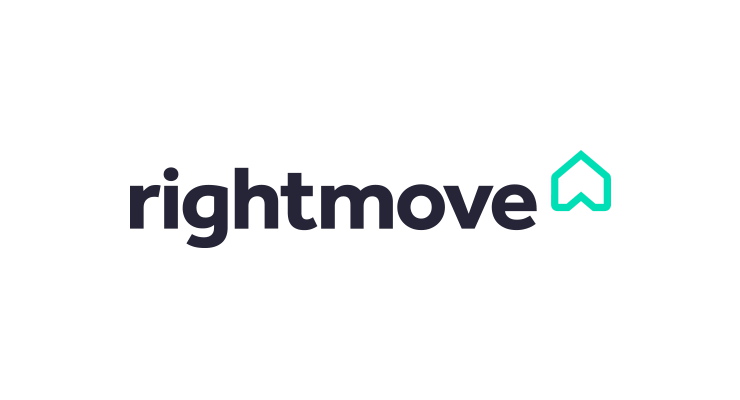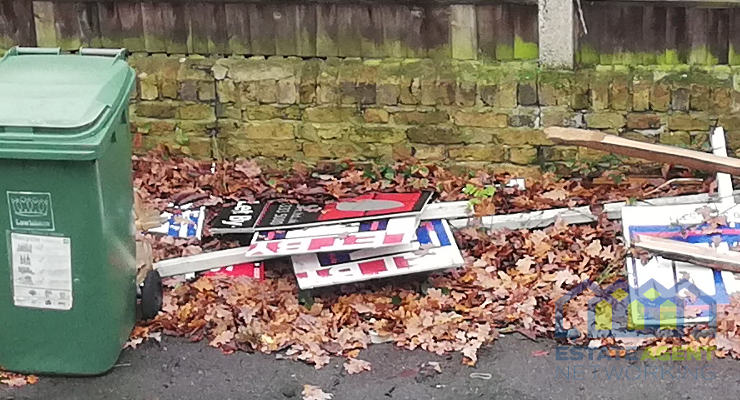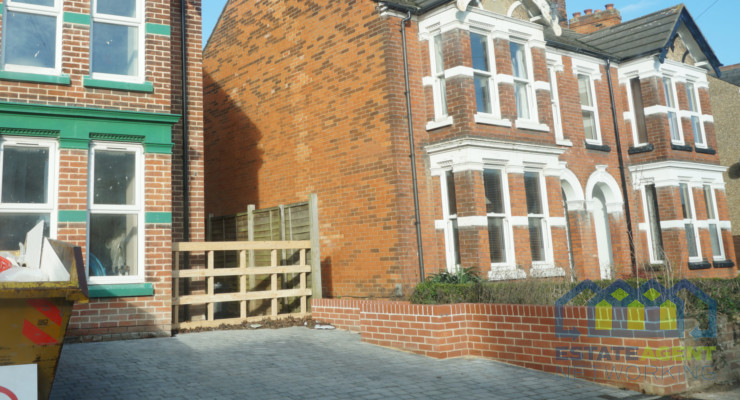Sandbanks crowned most expensive seaside spot
- New data from Rightmove shows that Sandbanks in Poole, Dorset is the most expensive coastal area in Great Britain, with an average asking price of £1,282,565
- Canford Cliffs in Poole is second, with an average asking price of £974,635, and Milford-on-Sea in Hampshire is third (£728,460)
- Sandbanks is now the only seaside spot above £1million:
- Across the top 50 most expensive coastal areas, average asking prices are down by 1%, while buyer demand is up by 8%
- Saltcoats in Ayrshire, Scotland is the cheapest coastal area with an average asking price of £122,208, and prices have also risen fastest in this area compared with last year (+13%)
New analysis from the UK’s biggest property platform Rightmove, reveals that Sandbanks in Poole, Dorset is the most expensive coastal area in Great Britain, with an average asking price of £1,282,565.
Canford Cliffs in Poole is the second most expensive coastal area, with an average asking price of £974,635, and Milford-on-Sea in Hampshire is third (£728,460).
The average asking price for a home in Sandbanks is over three times more expensive than the national average (£378,240).
Sandbanks is now the only coastal area in Great Britain with average asking prices above the £1million mark.
Across the top 50 most expensive coastal areas, average asking prices have dropped by 1%, while buyer demand has risen by 8% compared to last year
Top 10 most expensive seaside spots in Great Britain
- Sandbanks, Poole – £1,282,565 (-3% YoY)
- Canford Cliffs, Poole – £974,635 (-9% YoY)
- Milford-on-Sea, Hampshire – £728,460 (+1% YoY)
- Lymington, Hampshire – £639,316 (-2% YoY)
- Budleigh Salterton, Devon – £535,761 (0% YoY)
- St. Ives, Cornwall – £507,139 (-2% YoY)
- Dartmouth, Devon – £500,006 (+4% YoY)
- Sidmouth, Devon – £494,811 (-5% YoY)
- Whitstable, Kent – £469,586 (-2% YoY)
- Hythe, Kent – £466,898 (0% YoY)
By contrast, Saltcoats in Ayrshire, Scotland is the cheapest coastal area, with an average asking price of £122,208. Peterlee in County Durham is a close second (£122,246), and Ashington in Northumberland is third (£135,050).
Saltcoats is also the price growth hotspot, with average asking prices in the area up by 13% compared to last year.
Saltcoats offers a location by the sea, with an average asking price of over £250,000 below the national average (£378,240).
Top 10 most affordable seaside spots in Great Britain
- Saltcoats, Ayrshire – £122,208 (+13% YoY)
- Peterlee, County Durham – £122,246 (+6% YoY)
- Ashington, Northumberland – £135,050 (+4% YoY)
- Bootle, Merseyside – £135,208 (+3% YoY)
- Grimsby, Lincolnshire – £142,072 (0% YoY)
- Blackpool, Lancashire – £142,804 (0% YoY)
- Fleetwood, Lancashire – £148,101 (+1% YoY)
- Birkenhead, Merseyside – £149,527 (+2% YoY)
- Blyth, Northumberland – £153,487 (+1% YoY)
- Workington, Cumbria – £158,956 (0% YoY)
Colleen Babcock, property expert at Rightmove adds, “Sandbanks now stands out as the only seaside spot with an average asking price of over the million-pound mark.
By contrast, lower-priced seaside spots like Saltcoats and Peterlee offer home-movers a sea view at a fraction of the price, with average asking prices over a quarter of a million pounds below the national average.”







